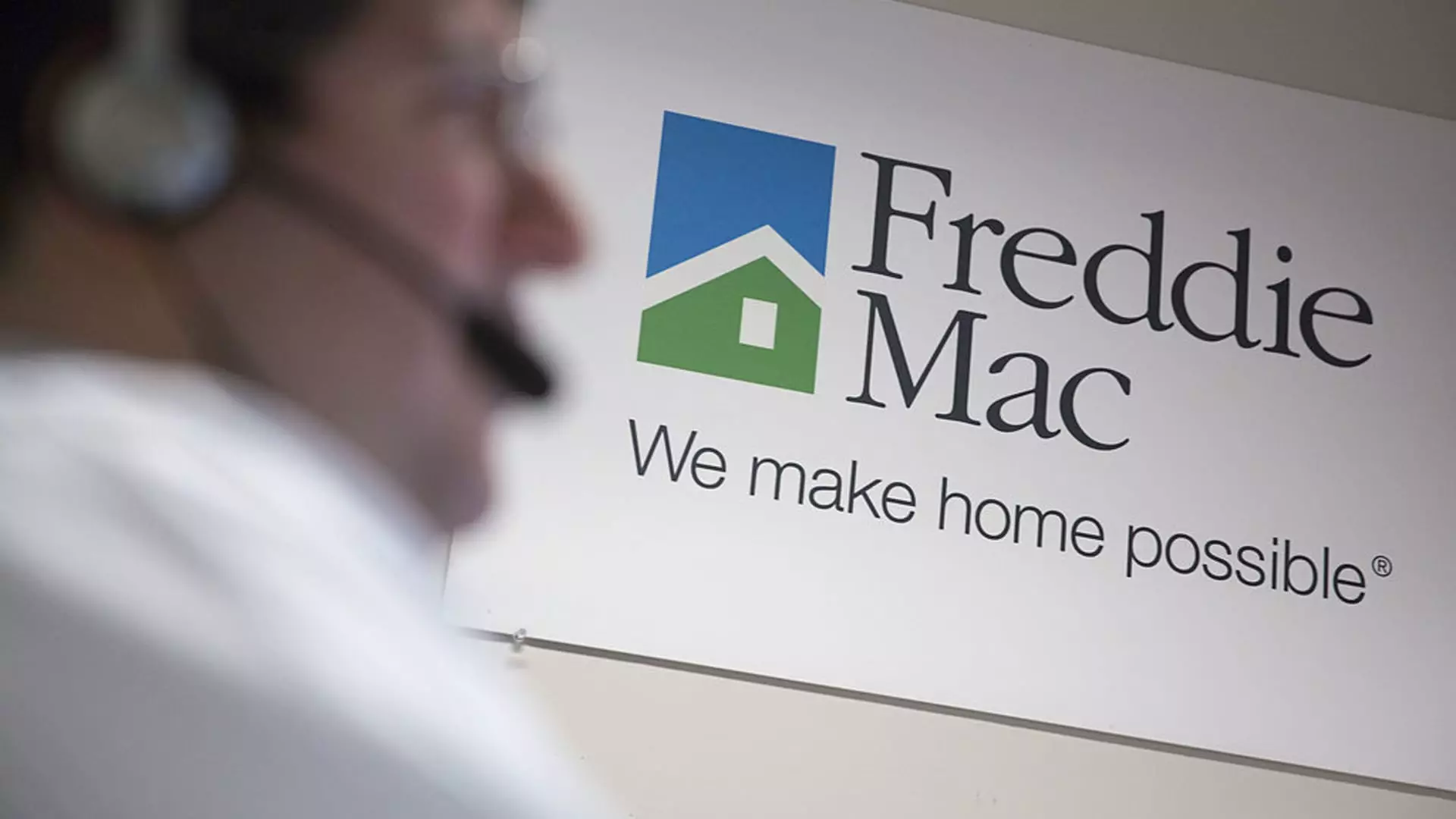The U.S. mortgage market is fundamentally supported by two entities—Fannie Mae and Freddie Mac. Currently, both are under federal conservatorship, a situation that has lasted since 2008 amid the fallout of the financial crisis. Recent discussions in Washington, D.C. suggest that there may be a push, particularly from the current administration, to end this conservatorship. With voices like Mark Calabria, the former director of the Federal Housing Finance Agency (FHFA), raising important questions, it becomes vital to consider both the ramifications of their status and potential futures.
The Mortgage System’s Fragility in Economic Downturns
Calabria’s insights shed light on a crucial risk: while the macroeconomic landscape may appear robust, is our mortgage finance system truly equipped to weather another downturn? His concerns are not unfounded. The substantial risks posed by the potential volatility of the housing market could threaten taxpayers. As Fannie Mae and Freddie Mac have evolved over the decades from government agencies to government-sponsored enterprises (GSEs), their roles have become multifaceted, impacting not only mortgage rates but also the broader economy.
Historically, these agencies were placed in conservatorship when their significant losses contributed to a broader financial debacle. With the Treasury stepping in with a substantial financial assistance package, many taxpayers bore the brunt of this intervention. In the years following the crisis, Fannie and Freddie returned approximately $301 billion to the Treasury, but this raises questions: what happens to the housing market, the economy, and ultimately, taxpayers if these GSEs face challenges again?
From 2007 to 2010, the United States witnessed a staggering number of foreclosures—approximately 3.8 million homes were lost during this period. This devastating trend fundamentally changed the mortgage landscape and drew attention to the risks associated with entities like Fannie Mae and Freddie Mac. By examining these figures, we can understand why the stability of these GSEs is a matter of national importance. Market confidence is fragile, and any sign of instability can lead to panic, exacerbating a downturn.
During the crisis, the stock values of Fannie and Freddie plummeted, signaling a loss of investor confidence and raising alarms about the future of the housing market. The government’s intervention was seen as a necessary measure to restore some level of stability, but it highlighted significant questions regarding the structure of the mortgage system. With their stocks nearly worthless at one point, the narrative surrounding Fannie Mae and Freddie Mac shifted from that of successful enterprises to entities in peril.
The government’s recent decision to end the sweep of Fannie Mae and Freddie’s profits marks a pivotal moment. It creates an opening for these firms to potentially return to private markets. Advocates for privatization, like Calabria, argue that this shift could not only release Fannie and Freddie from the shackles of conservatorship but might also stabilize mortgage rates. However, critics warn that without government backing, mortgage rates could see an increase of 60 to 90 basis points, imposing greater costs on consumers.
Debates concerning the privatization of these GSEs underscore broader philosophical questions about government involvement in the economy. While some believe that returning Fannie Mae and Freddie Mac to private hands will inspire innovation and efficiency, others caution against the risks posed by a lack of oversight. It is vital to consider whether the end of conservatorship is indeed a panacea or if it may unleash potential vulnerabilities within an already sensitive market.
As discussions continue surrounding the future of Fannie Mae and Freddie Mac, policymakers must navigate the complex landscape between government involvement and market-driven solutions. Ultimately, the goal should be to create a framework that safeguards both the financial system and taxpayers from extensive risks while promoting a stable housing market.
The path forward requires careful consideration of economic signals, historical lessons from the foreclosure crisis, and the evolving role of Fannie Mae and Freddie Mac. With the potential to affect millions of Americans, the stakes in this ongoing debate could not be higher, leaving the future of the U.S. mortgage market hanging in the balance.

